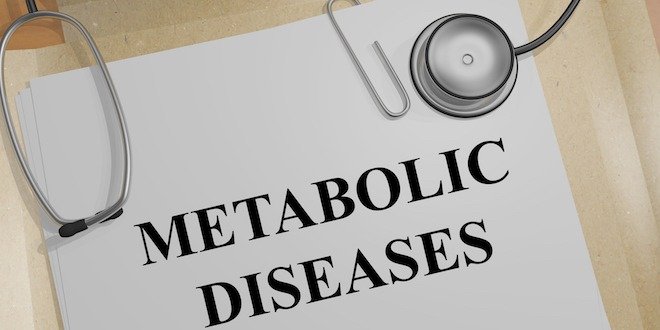
The diagnosis of type 2 diabetes can feel very abrupt and unexpected. Do individuals wake up one day and go from having normal blood sugar to having diabetes? Although it may feel as if it is a sudden diagnosis, type 2 diabetes and the progression from normal blood sugars to diabetes is usually a slow progression over time.
People who have higher blood sugars than normal, but not high enough to be diagnosed with diabetes fall into a category called prediabetes. Almost 6 million Canadians fall into this category! Prediabetes is defined by the following:
- Fasting blood sugar: This test measures your blood sugar when you have not had anything to eat or drink (except water) for at least 8 hours. People with prediabetes have fasting blood sugar between 6.1 to 6.9 mmol/L
- Glucose tolerance test: This is a test where you have a sugary drink in the lab after fasting for at least 8 hours, and your blood sugar is measured 2-hours later. People with prediabetes have a blood sugar level between 7.8 to 11.0 mmol/L
- Hemoglobin A1C test: This test shows your average blood sugar level for the past 3 months. People with prediabetes have an A1C between 6.0 to 6.4%.
The higher individuals fall along the spectrum of the above tests, the higher their risk of developing diabetes. People with both a fasting blood sugar of 6.1 to 6.9 and an A1C between 6 and 6.4 have almost a 100% conversion to diabetes over a 5-year period. Overall, about 30% of people with prediabetes will have diabetes in 5 years, if they make no lifestyle or medication change.
Studies have shown that the conversion to diabetes can be delayed substantially by making lifestyle changes. Most studies combined an exercise program and diet with weight loss (about 5-10% of body weight) with a successful reduction of conversion to diabetes of 40%- to 60%. Diets are usually low in calories, low in fats, and high in fibre. There is also strong evidence that supports the Mediterranean diet in diabetes prevention. Exercise – both aerobic (e.g. brisk walking) and resistance (e.g. weights) help prevent conversion to diabetes. Some medications have also been shown to prevent the further development of diabetes. Metformin is the medication that is sometimes used, which is also the first choice for treating actual type 2 diabetes. Using metformin in prediabetes prevents conversion in 30% of individuals over 5 years.
Prediabetes and type 2 diabetes, however, are often an expression of a much broader underlying disorder including the metabolic syndrome. This is a very common condition and has several features:
- High blood pressure: greater than 130/85 mmHg
- High fats in the blood (triglycerides): greater than 1.7 mmol/L
- Low “good cholesterol” (HDL): less than 1 mmol/L in men and 1.3 mmol/L in women
- Elevated waist circumference: men – greater than 102 cm, women – greater than 88 cm*
- Fasting blood sugars greater than 5.6 mmol/L
(*These numbers may be lower in some populations)
Anyone with 3 or more of these features has metabolic syndrome.
So, people with metabolic syndrome may or may not have diabetes yet but are at elevated risk for diabetes. Also, they are at elevated risk for heart disease as all the features of metabolic syndrome are heart risk factors. Often these run in families. So, have a look at these and if you have a number of these features and have not been screened for diabetes, talk to your health care provider about diabetes risk factors. You can also calculate your risk with the CANRISK questionnaire.


